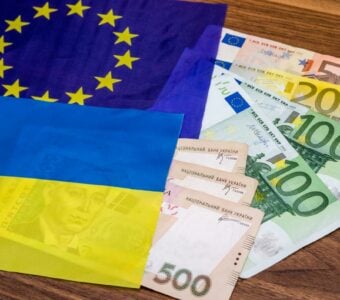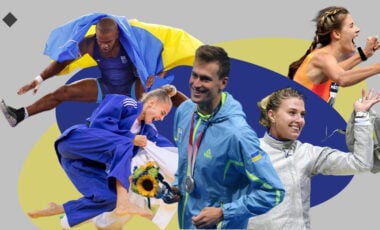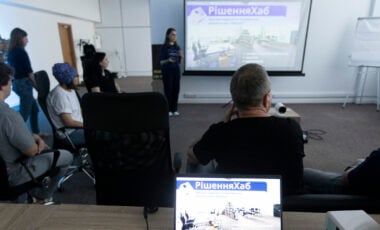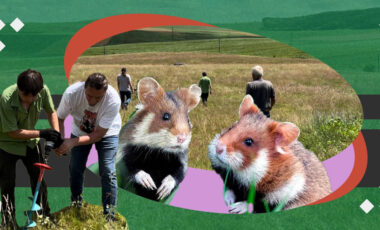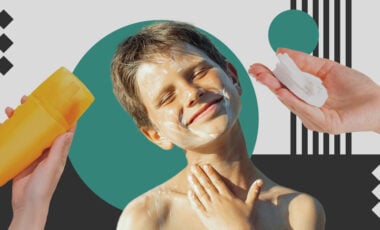Ten cities welcome "(In)visible Stories" exhibition, featuring personal items of displaced Ukrainians

Ten Ukrainian cities welcome an exhibition titled "(In)visible Stories" about internally displaced citizens, Rubryka reports.
What's the problem?
According to international organizations, over 5 million people in Ukraine have become internally displaced and are forced to start new lives in different cities.
"At the Aid Centers for the Rescued, internally displaced Ukrainians receive free comprehensive social and psychological support, but the support from everyone around them is equally important," said Massimo Diana, representative of the United Nations Population Fund (UNFPA) in Ukraine. "In the photo project '(In)visible Stories,' we showcased the belongings of nine heroes to remind society that behind the statistical figures are the lives, memories, and dreams of people forced to leave their homes due to war. We must remember that helping with adaptation and supporting internally displaced people is crucial."
What's the solution?
An exhibition featuring stories of internally displaced Ukrainians will be opened in ten cities across Ukraine.
The photo project narrates the stories of nice people who experienced captivity or deportation, suffered war-related sexual violence, or were forced to leave their homes in temporarily occupied territories.

How does it work?
The photos depict the most valuable items the project's heroes took with them during evacuation:
- keys to an apartment in Berdiansk,
- a book from the Mariupol Library,
- a blue-yellow ribbon worn by a hero during captivity in Kherson and others.
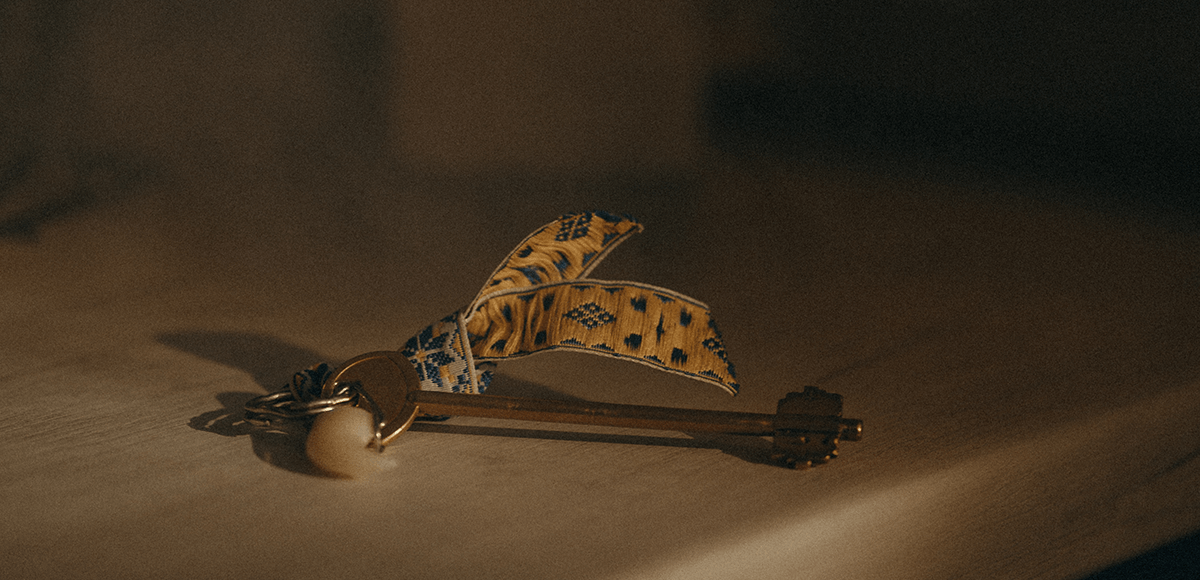

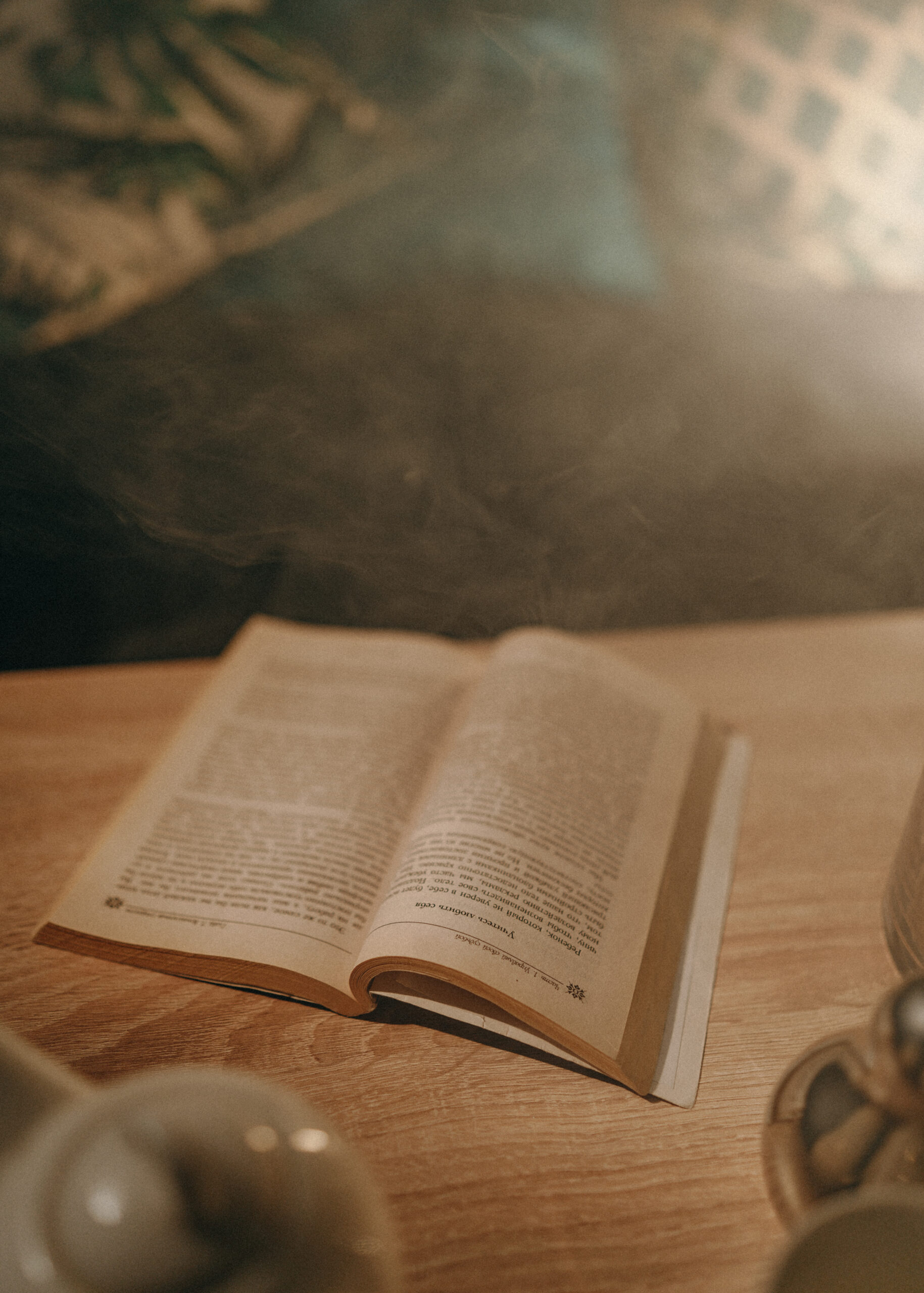
Among the treasured items featured in the photo project are:
- jewelry that Russian occupiers tried to take from girls at a checkpoint,
- the only bag a woman managed to take from home before deportation,
- a note from a friend who stayed in occupied territories, and more.

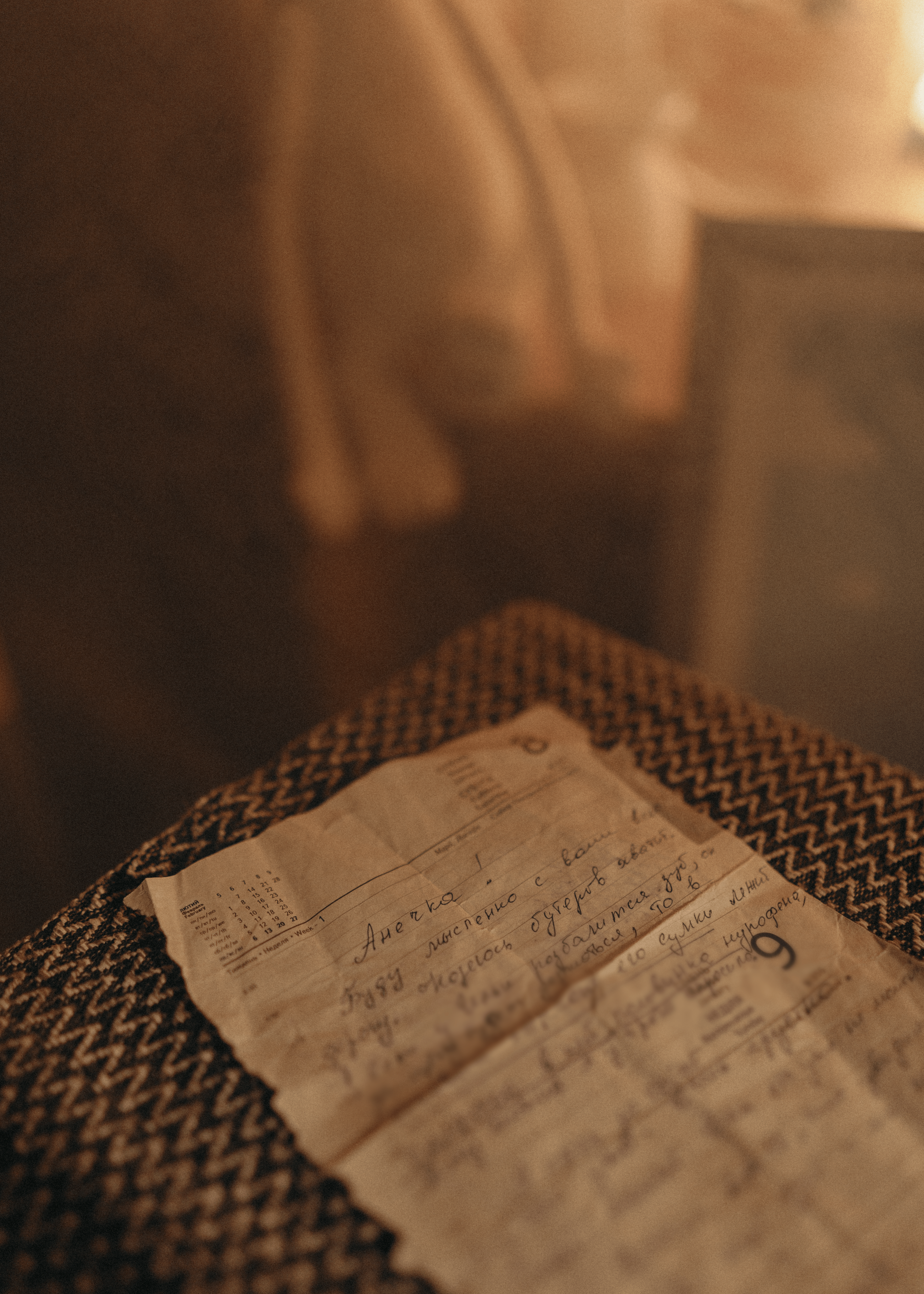
The "(In)visible Stories" photo project can be viewed for free at the Aid Centers for the Rescued.
"Leaving home and my native city was very painful ― everything there was dear to me, but staying under occupiers was not an option for me either. Now I know that Russians entered my house and took everything from it. Still, I cherish the keys very much. They are my connection to my beloved home, and I want to unlock my doors with them," says the heroine of the exhibition, Oksana (names of all heroes changed for safety). "When I just stepped over the threshold of the Aid Center for the Rescued, I realized that this was my place: it feels nice and cozy here, like at home. I dream of opening such a center in my native Berdiansk; the city will very much need it after de-occupation."


The exhibition will take place in Chernivtsi from December 7, Poltava from December 8, Odesa from December 8, Dnipro from December 11, Kharkiv from December 11, Kropyvnytskyi from December 11, Mukachevo from December 11, Kyiv from December 11, Zaporizhzhia from December 12, and Lviv from December 13.
Addresses and schedules can be found on the website.
Background
Aid Centers for the Rescued were established on the initiative of the Office of the Deputy Prime Minister for European and Euro-Atlantic Integration, with support from the Government Commissioner for Gender Policy, in partnership with the United Nations Population Fund (UNFPA), and with financial support from the governments of Belgium, France, Sweden, and in cooperation with local authorities and NGOs.
The charitable foundation "Right to Protection" created a series of videos about the displaced who managed to integrate into their new communities.
It was also reported that Germany allocated an additional €17 million for preferential housing loans for internally displaced persons.







